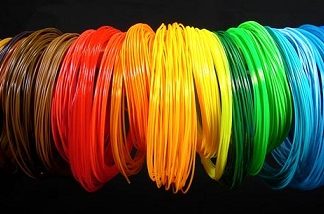
Let’s face it, everyone hates condoms. They deprive everyone involved in the act from the pleasure that comes with the skin-to-skin contact during sex. But it’s hard to argue against their use, as they’re still the most effective way to prevent unwanted pregnancies and STIs. Most people would argue that it’s the man’s responsibility to always have a condom available when they expect to have intercourse, but I would argue that it’s 2020, and the responsibility should be shared with women as well. What a lot of people don’t realise is that female condoms are also a thing, and they’re actually considered better in terms of pleasure and efficiency by many people who have tried using them. Sounds too good to be true? Here are some things you should know that may convince you otherwise.
What Is a Female Condom?
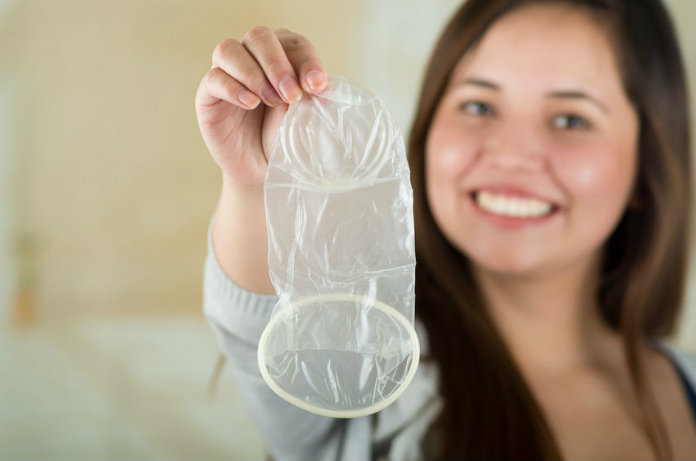
A female condom is inserted into the vagina up to 8 hours before sex. Most commercially available condoms for sale feature a flexible ring on both ends – one that holds it inside the vagina, and one that prevents it from being pushed into the vagina. The external ring also covers parts of the vulva. The female condom, as it’s available today is a fairly recent invention. It was developed and approved back in 1994, but like its male counterpart, it dates back to ancient Greece. A less-available and lesser-known type of condom is the bikini condom, which is basically underwear that features an opening in the crotch with fasteners that they can be attached to, so the condom isn’t completely pushed into the vagina.
Why Use a Female Condom Instead of a Male One?
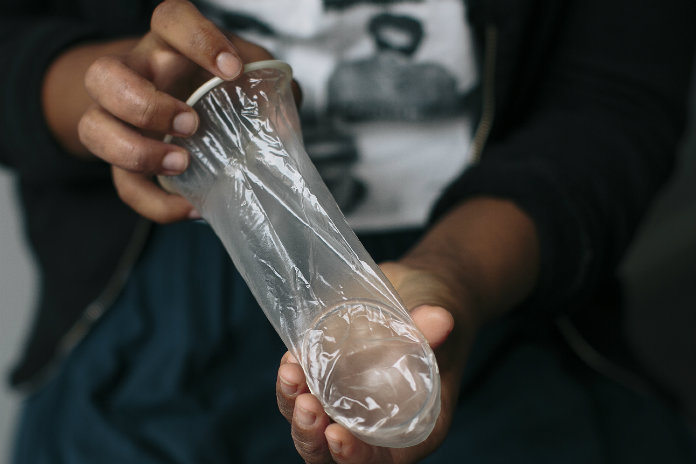
Female condoms are often made of either nitrile or polyurethane, which makes them great for people who are allergic to latex. Further, they can be used with all types of lubricants, and they don’t require an erection to use. Many couples find that during foreplay, stopping to find, open and put on a condom can kill the mood and even disrupt erections. Since the female condom can be inserted up to 8 hours before sex, this issue is completely circumvented. Additionally, it won’t have to be removed immediately after the act. However, if you stand up, things can get messy, which is why it’s best to remove it while lying down. Doing so is quite simple – you just grasp the outer ring and twist it around gently to seal up any fluids for an easy and quick clean up.
How Do Female Condoms Work?
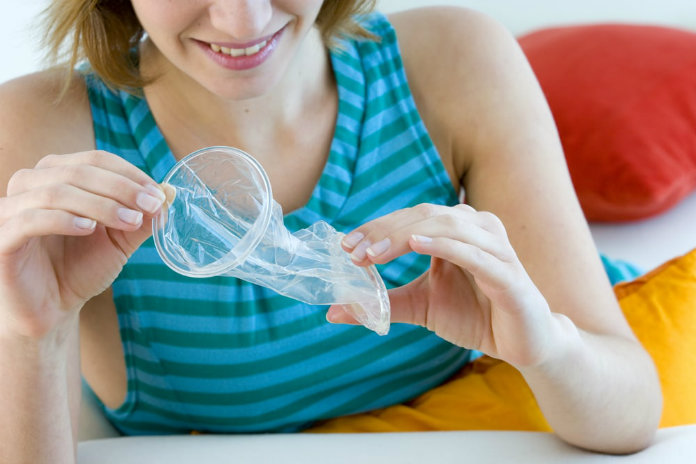
First, you remove the condom from the wrapper and unroll it. Pinch the inner closed ring together, and insert the ring as high as possible into the vaginal canal, similarly to inserting a tampon or menstrual cup. Use a finger to make sure it’s deep inside in the vagina. Pull your finger out, and the rim of the condom opening should be resting just outside your vaginal opening.
The Benefits of Using a Female Condom

As aforementioned, besides potentially increased sexual pleasure, the female condom offers a couple of more advantages. For starters, it gives women complete control over the protection used during intercourse. Some women claim that the outer ring of the condom may also provide extra pleasure as it stimulates the clitoris. Some men have also reported an increase of sexual pleasure, as they’re not constricted by the tightness of a male condom.
Disadvantages of Using a Female Condom
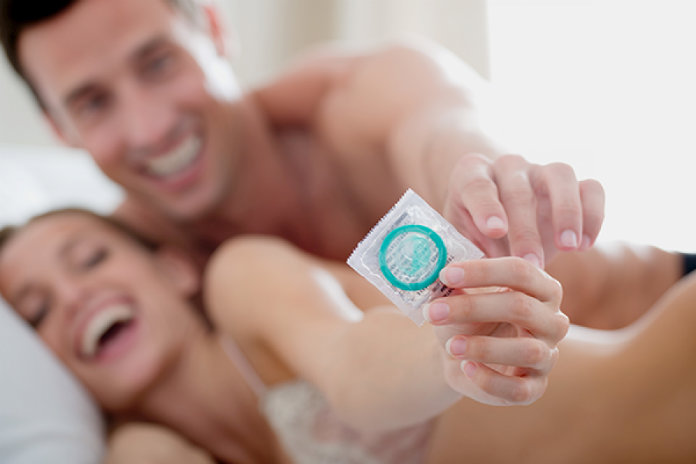
One of the biggest disadvantages of using a female condom is that it may require practice to be properly inserted. However, this will get easier with frequent use. Also, the fact that it will have to be inserted before any arousal can be seen as both a disadvantage and an advantage. On one hand, you’ll need to anticipate when you will have sex, but on the other hand, you won’t have to interrupt the heat of the moment. Inserting the condom before foreplay is easier since the pelvis and vagina are more relaxed.
And although this type of condom is effective at preventing unintended pregnancies, their male counterparts are still more effective. They’re also less available and pricier, which can be seen as another disadvantage. You typically won’t find them in drug stores, vending machines and grocery stores. Their sale is typically limited to reproductive health centres, specialty stores or online retailers.
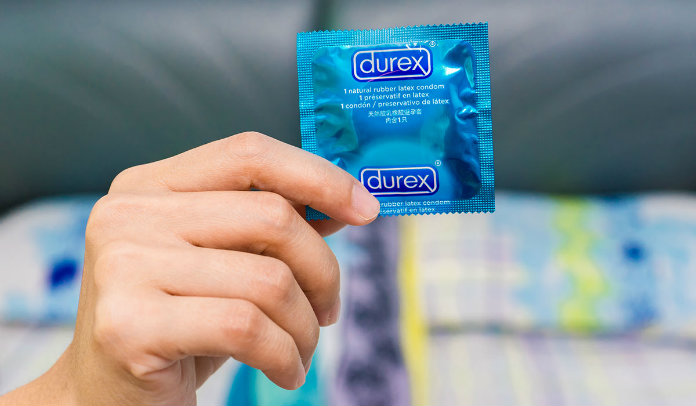
And lastly, it goes without saying that female condoms, just like their male counterparts, aren’t reusable, and you shouldn’t be using both male and female types at the same time, as that can increase the chances of slippage or tearing. Getting used to putting the female condom may take a couple of tries, but just like most things in life, practice makes perfect.







